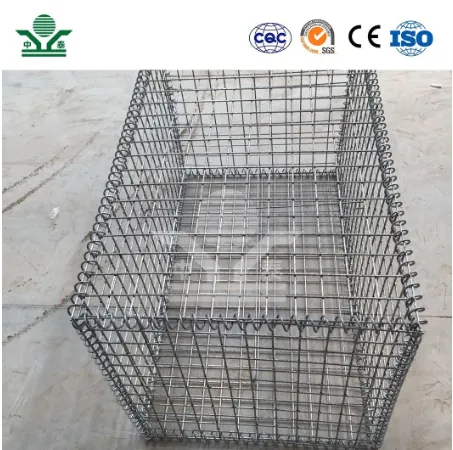The Importance of Temporary Construction Fencing
In the world of construction, safety, security, and site organization are of paramount importance. One essential element that plays a crucial role in maintaining these aspects is temporary construction fencing. As urban development accelerates and the number of construction projects rises, understanding the significance and advantages of using temporary fencing becomes increasingly vital.
Defining Temporary Construction Fencing
Temporary construction fencing refers to the portable fencing systems that are erected around construction sites to ensure safety and security. These fences are typically made from durable materials such as chain link or mesh and are designed to be easily assembled and disassembled. They provide a physical barrier that restricts access to the construction site, protecting both the workers and the general public from potential hazards.
Enhancing Safety
Safety is the cornerstone of any construction project. A temporary construction fence serves as a critical safety measure by preventing unauthorized access to the site. Construction sites can be dangerous environments, with heavy machinery, open holes, and hazardous materials all posing risks to untrained individuals. By surrounding the site with a sturdy fence, project managers can significantly reduce the likelihood of accidents involving unauthorized personnel, children, or animals.
Moreover, a well-fenced construction site minimizes the chances of theft and vandalism. Tools, equipment, and materials can be costly, and construction sites are often attractive targets for criminals. A temporary fence acts as a deterrent, making it less likely for thieves to attempt to access the site. In turn, this enhances not only the safety of the workers but also helps keep project timelines on track by reducing losses due to theft.
Compliance with Regulations
In many jurisdictions, local regulations require the implementation of safety measures on construction sites, including the installation of temporary fencing. By adhering to these regulations, construction companies demonstrate their commitment to maintaining safety standards and protecting the surrounding community. Failing to comply with these requirements can result in fines, work stoppages, or even legal liability in the event of an incident on the site.
temp construction fence

Managing Noise and Debris
In addition to enhancing safety and security, temporary construction fencing can help manage noise and debris associated with construction activities. When appropriately installed, it can serve as a sound barrier, reducing noise pollution that might disturb nearby residents or businesses. Moreover, it prevents debris from escaping the site, thereby minimizing the risk of accidents in adjacent areas or streets.
Signage and Branding Opportunities
Temporary fencing provides an excellent opportunity for signage and branding. Construction companies can use the fence to display informational signs, safety instructions, and advertising. This not only keeps the public informed about the ongoing project but also enhances the company's visibility and reputation in the community. By creatively utilizing fence space, companies can make a positive impression while maintaining essential safety communications.
Easy Installation and Cost-Effectiveness
One of the standout features of temporary construction fencing is its ease of installation and cost-effectiveness. Unlike permanent fencing solutions, which can take significant time and financial resources to implement, temporary fencing can be set up quickly and efficiently. This allows construction projects to proceed without unnecessary delays while still ensuring a secure environment.
Furthermore, the ability to rent temporary fencing protects companies from long-term financial commitments, making it a flexible option that can be adapted to various project needs. Construction managers can easily adjust the fencing layout as the project evolves, ensuring that safety measures are always aligned with the current phase of construction.
Conclusion
In summary, temporary construction fencing is a critical component of any construction project. It enhances safety, complies with regulations, manages noise and debris, provides advertising opportunities, and offers a cost-effective and flexible solution for securing construction sites. As the construction industry continues to grow, the importance of temporary fencing will only increase, making it an indispensable aspect of modern construction management. Companies that prioritize the implementation of temporary fencing not only protect their workforce and assets but also foster positive relationships with the communities they serve.
-
Why Galvanized Trench Cover Steel Grating Resists Corrosion
NewsJul.10,2025
-
The Versatility and Strength of Stainless Expanded Metal Mesh
NewsJul.10,2025
-
Load Calculations in Steel Grating Platforms
NewsJul.10,2025
-
Keeping Pets and Kids Safe with Chicken Wire Deck Railing
NewsJul.10,2025
-
Hole Diameter and Pitch for Round Perforated Metal Sheets
NewsJul.10,2025
-
Aluminium Diamond Mesh in Modern Architecture
NewsJul.10,2025
Subscribe now!
Stay up to date with the latest on Fry Steeland industry news.

